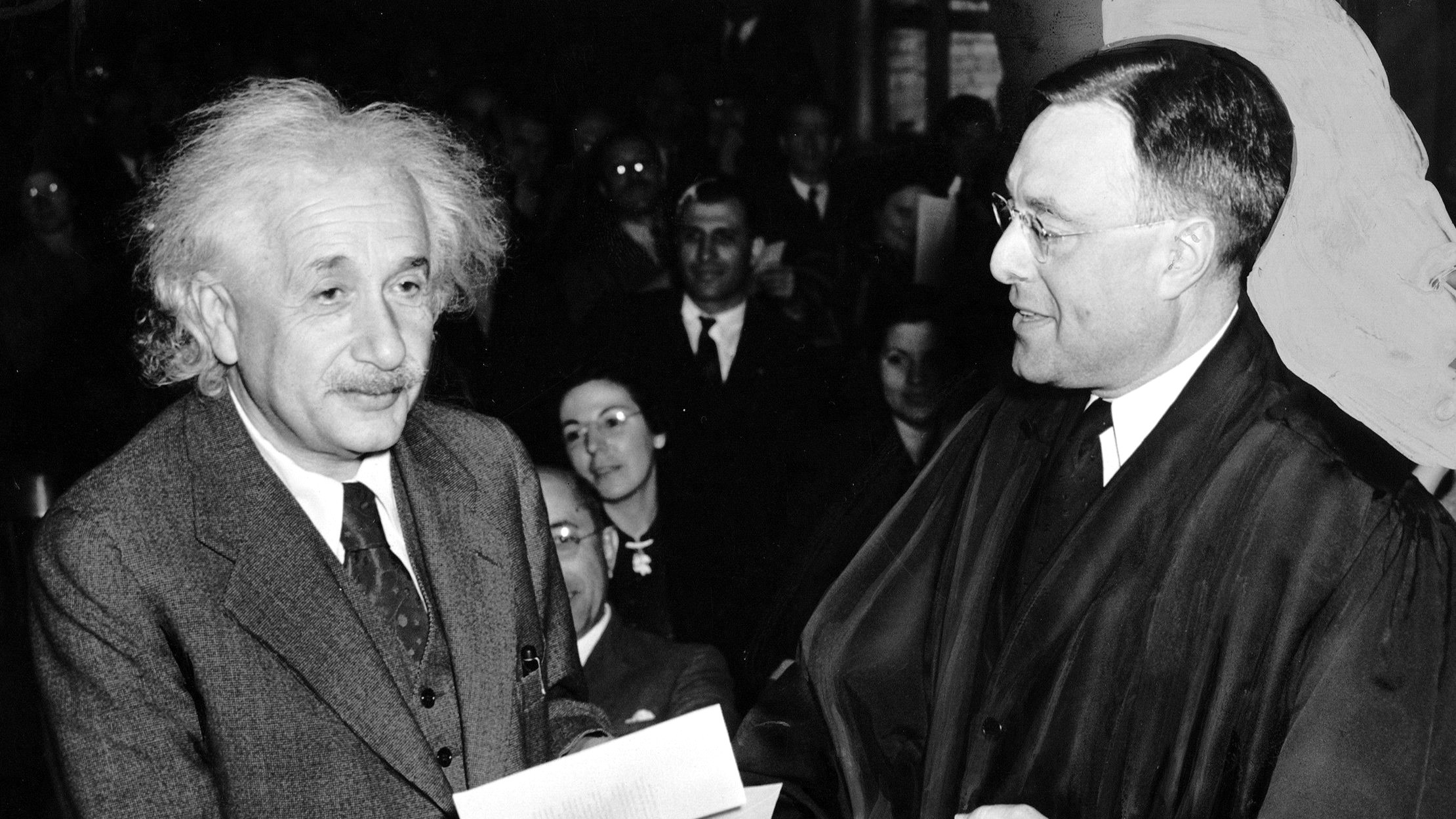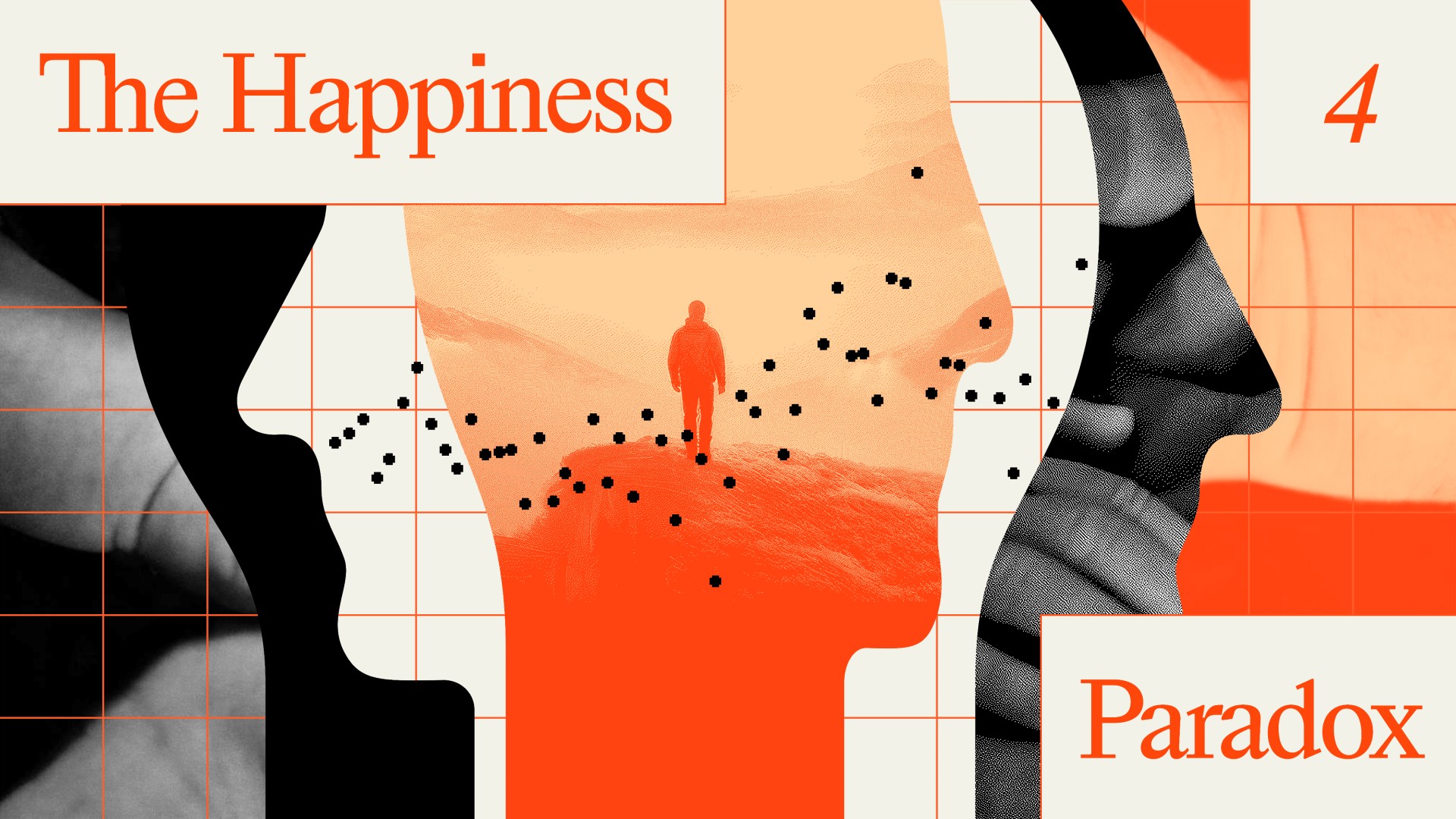How to best leverage being a self-directed learner on your resume

Photo credit: Clay Banks on Unsplash
- Self directed learning is the process paving your own path toward an educational experience.
- There are more opportunities today than there ever was to learn on your own.
- Self-directed learners can play a diverse role in a job position.
If you look at some of the most successful and innovative people of the world, you’ll find a common similarity. They have all taken the initiative to teach themselves new skills and engage in the pursuit of knowledge in a self-directed manner. That is, not only are they actively consuming, studying and experimenting to learn, but also carving out the paths necessary to do so.
Adult education expert Malcolm Knowles, defined self-directed learning as, “A process by which individuals take the initiative, with or without the assistance of others, in diagnosing their learning needs, formulating learning goals, identifying human and material resources for learning, and evaluating learning outcomes.”
Self-directed learning is an especially important concept today, taking into account today’s educational landscape. Anything we’ve ever dreamed of learning about is literally a few keystrokes away. We have access to a near infinitude of literature, scientific manuals, expert-led courses and a number of supplemental learning tools. Already, we’re beginning to see the university landscape change as skills become more relevant than degrees.
Today, self-directed learning is becoming a critical skill possessed by students and professionals in the workforce alike.
The idea of the Renaissance man — or woman — is back in vogue today because having a skill set in multiple domains is becoming a necessity. Autodidacticism, is a valid way of learning — granted that you can display a fidelity of skill and expertise in your studies of choice.
What we’re seeing now, in both the educational domain and workforce, is a widespread acceptance of self-directed learning. Here’s how you can master self directed learning and showcase it on your resume.
Steps to becoming a better self-directed learner
The day of a self-directed learner is a variable and fascinating affair. Here’s a snapshot of Leonardo da Vinci’s to do list in 1490:
- [Calculate] the measurement of Milan and Suburbs
- [Find] a book that treats of Milan and its churches, which is to be had at the stationer’s on the way to Cordusio
- [Discover] the measurement of Corte Vecchio (the courtyard in the duke’s palace).
- [Discover] the measurement of the castello (the duke’s palace itself)
- Get the master of arithmetic to show you how to square a triangle.
- Get Messer Fazio (a professor of medicine and law in Pavia) to show you about proportion.
- Get the Brera Friar (at the Benedictine Monastery to Milan) to show you De Ponderibus (a medieval text on mechanics)
- Draw Milan
- Ask Maestro Antonio how mortars are positioned on bastions by day or night.
- [Examine] the Crossbow of Mastro Giannetto
- Find a master of hydraulics and get him to tell you how to repair a lock, canal and mill in the Lombard manner
The aforementioned list flows in a fluid and eclectic manner. It is personal, wide-ranging but pointed with a focus. This is one of the first things a self-directed learner must embody and master. It is the deciding factor of their journey. What is it that they want to learn?
Identify these learning goals. There is no way to begin anything without first envisioning what it is you’re setting out to do. From here, the rest of the process grows. Inquiries into the nature of your self directed learning study can be just as far ranging and seemingly unconnected as da Vinci’s to do list. The important thing is that you question the significance of things and begin to make a habit of digging past the surface answers presented to you.
Challenge and test yourself on the nature of your studies. Identify a problem and sincerely work toward solving it. This could be the application of taking a newly learned programming language and solving a complex puzzle with code. It could be taking your new drawing skills and sketching a grid for a make-believe utopian city. The possibilities for rewarding challenges are endless!
Monitor and track your learning process. While you may be divorced from the scholastic grasp of a grading scale, it’s wise to set your own standards of success. Make sure to measure your self-directed learning progress against your own personal goals.
Rethinking college education: Put the student first, not the university
Create a system and stop to consider whether this newly made format or medium is the best way to go about learning. For example, you may employ a string of notebooks to track progress, create to-do lists, notes and experimentation. If this gets too rigid, an outline may suffice instead. Gamify the learning process, continually tweak it and have fun with it.
Self directed learners are more often than not, expert researchers. Whatever topic you intend on studying, you have to first learn how to gather the qualified materials and resources on it. For nearly every type of topic out there, this will come in the form of a book or manual of some kind.
This background information is the inert clay that you’ll breathe creativity into and make it your own. Craft your own syllabus and learning objectives around this bulk of raw information. Self-directed learning won’t always be a solitary affair. Get ready to unleash this new knowledge and skill set back into the workforce and the world at large.
Framing self-directed skills for the job market
There is no better arena than the workforce marketplace to display your self-directed learning skills. This is where you’re able to determine if you’ve mastered new skills and can turn them into tangible actions that affect the course of things. It’s also a time where you need to start learning how to verbalize this new skill set for employment at a job.
In terms of the resume, display your creations out of what you’ve learned. This usually includes a portfolio of said skill set. Not only will this solidify your expertise or knowledge of the material, but it will also help you classify and categorize your progress. The key toward leveraging self-directed learning is the ability to showcase it and explain it.
Autodidactism eventually leads to the development of patterned self-starters with far-ranging kens. These individuals can be trusted to stretch their abilities to a number of domains in the context of a job position.
Neil Irwin, senior economic correspondent at The New York Times, talks a lot about the concept of “glue people”:
“Glue people are people who pull teams together to make them greater than the sum of their parts. They are typically specialists in one area but can also understand other specializations and communicate across boundaries. The most natural thing to do is to find one thing you’re good at and stick with it. Glue people do the opposite — they stretch themselves.”
This is a great example of how self-directed learners fit into the workforce. While their wide-ranging, self-taught skill set may correlate directly to their job position, it’s often the underlying philosophy embodied in the self-directed learning process that makes them a good part of the team.





